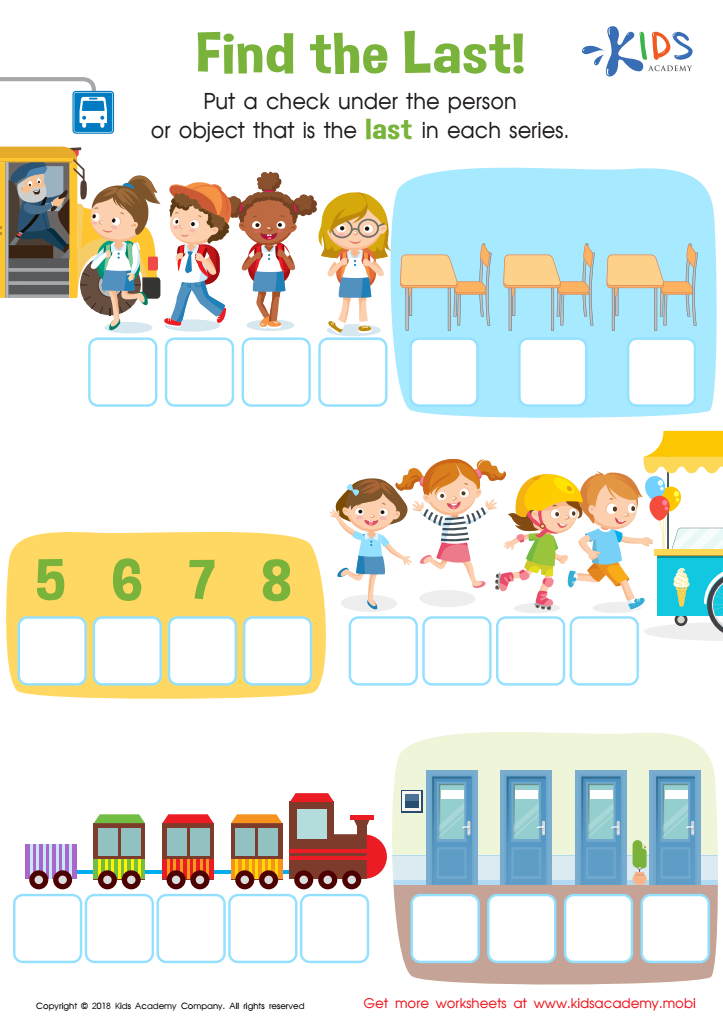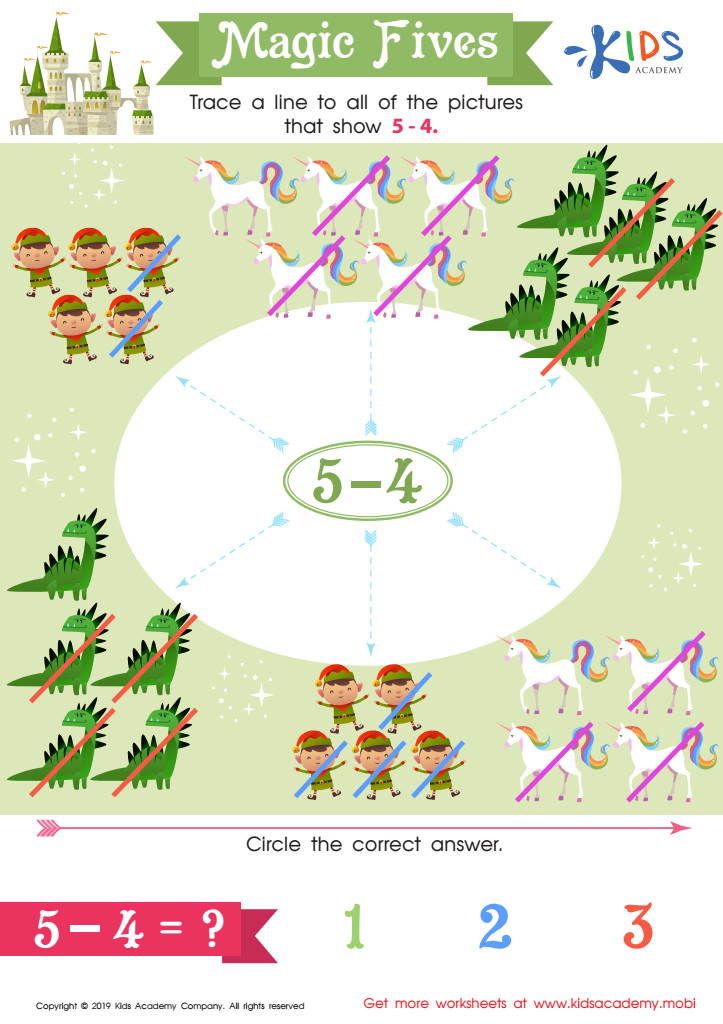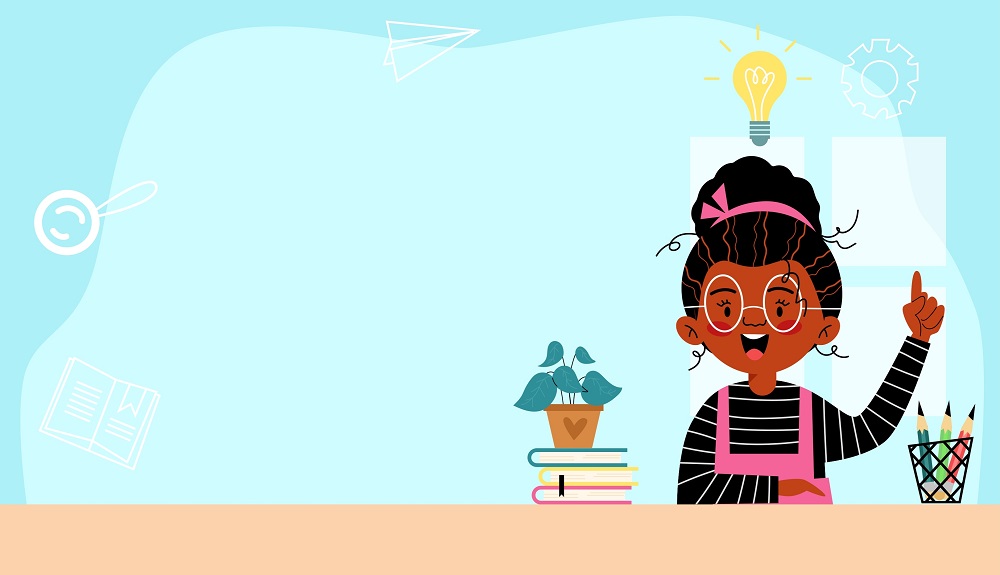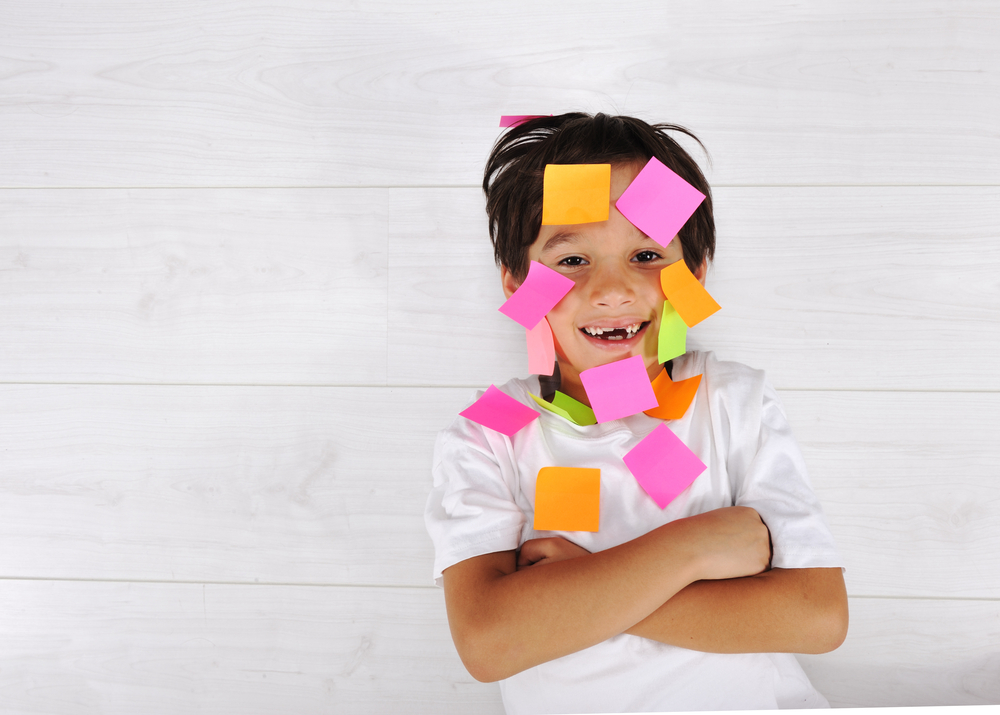Understanding patterns Normal Worksheets for 5-Year-Olds
3 filtered results
-
From - To
Unlock your child's potential with our expertly designed worksheets, tailored specifically for 5-year-olds. Our "Understanding Patterns" normal worksheets pave the way for foundational learning skills by engaging children in recognizing and creating patterns. These fun, colorful activities not only boost early math abilities but also enhance critical thinking and problem-solving skills. Ideal for at-home practice or classroom use, our worksheets ensure interactive and stimulating learning experiences. Help your child develop a strong understanding of patterns today with Kids Academy's high-quality educational resources. Explore our selection and watch your child's confidence and capabilities soar!


Addition: Space Math Worksheet


Find the Last! Worksheet


Magic Fives Worksheet
Understanding patterns is crucial for 5-year-olds because it lays a foundational framework for numerous cognitive and academic skills. Patterns help children develop problem-solving abilities and logical thinking. By recognizing and predicting sequences, kids grasp how to anticipate and organize information, which can translate into better reading and math skills later on.
For example, when children recognize patterns in numbers, they are often better prepared for arithmetic concepts such as addition, subtraction, multiplication, and division. Similarly, exposure to patterns in language—like rhymes or letter combinations—supports literacy by helping children predict and decode new words.
Moreover, understanding patterns is a skill relevant to daily life. Think of routines built around repeating activities (like bedtime rituals) that depend on pattern recognition. These routines impart a sense of stability and security. In essence, mastering patterns enhances a child’s ability to navigate life’s increasingly complex sequences.
For teachers or parents, fostering an early comprehension of patterns means guiding kids towards stronger academic performance and better problem-solving skills. It offers a key developmental tool that can enrich various facets of their learning journey and overall mental agility. Engaging in activities that highlight patterns—such as puzzles, sorting games, or rhythmic clapping—can make this learning both fun and impactful.
 Assign to My Students
Assign to My Students






















